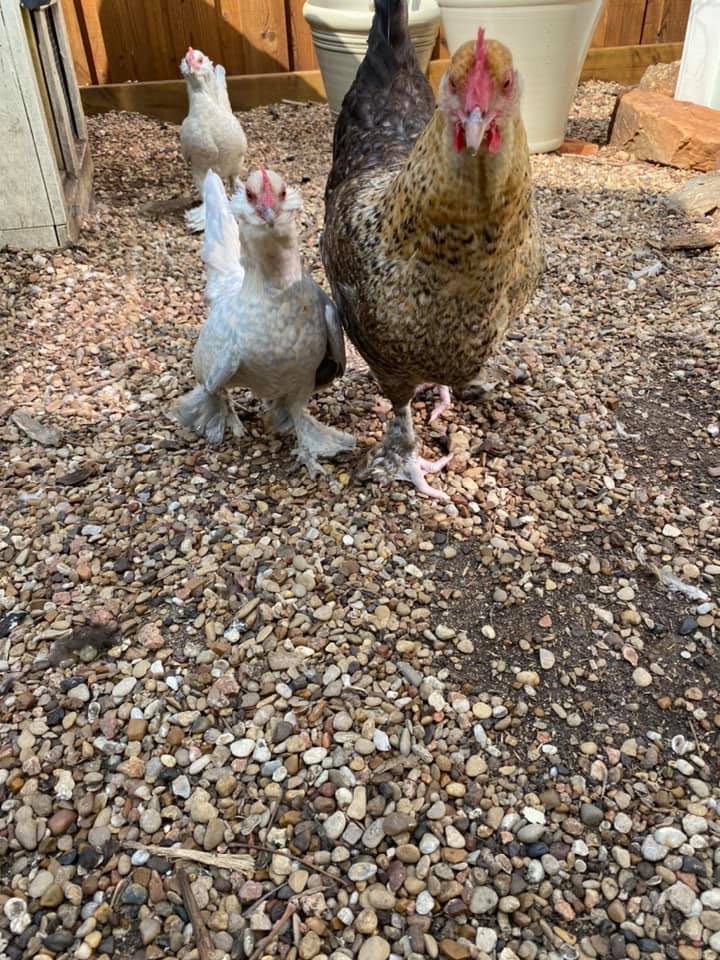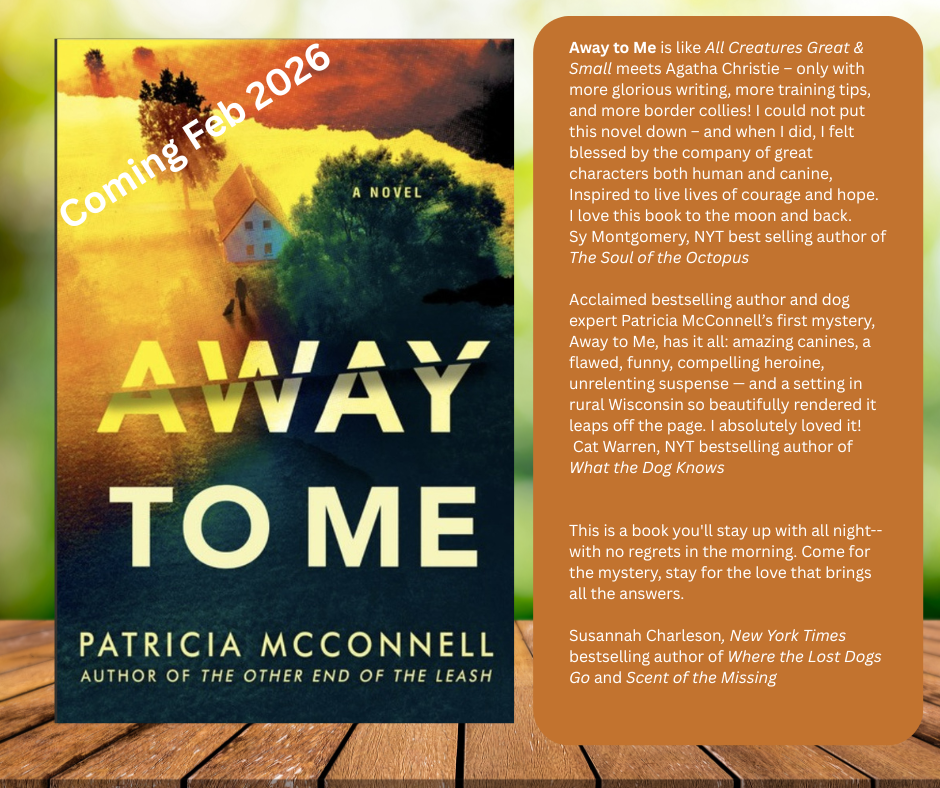
November 2025
e had a little warning before the winter storm of 2021. Stock up on groceries. Cover your plants. Bring in your pets. Wrap your outdoor pipes. Drip your faucets. Check your vents. Make sure your heating is up to the challenge. Assist the vulnerable in your families and neighborhoods. The coming weather was going to be unlike anything we Texans had experienced in a long, long time, perhaps ever.
Though colder air arrived earlier, the scheduled Arctic cold front and precipitation hit us full force on Valentine’s Day, the 14th. We had done all the recommended preparation and hunkered down in this 126-year-old house. The dogs and cat were safely tucked in. The chickens, in their coop, had extra straw, a hanging radiant heater, a water warmer to allow them to drink freely, and their own fluffy layer of feathers to keep them warm. Most chickens can take the cold weather. They are, we joke a little, wearing down jackets all the time.
But what we also had were three very young pullets, old enough and feathered enough to be out of a brooder and in their grow coop outside, but by no means mature enough to survive this kind of cold. The pullets: two little Belgian Fleur d’Uccles, porcelain-white and small as young doves, and one Golden Cuckoo Marans—a fat little maid hatched with crooked feet that didn’t seem to slow her down at all. These little ones just weren’t up to the days of low temperatures, wind, and freezing rain, even in their special, extra-protected baby coop.
Bubble and Squeak as innocent (?) baby chicks months earlier
So, in they came to take shelter in a bathroom. Some of our hens have come inside for care from time to time, so this wasn’t our first rodeo having chickens in a bathroom. They were in a contained, safe space, and—important—a space easy to wash down and sanitize after they made their inevitable chicken messes. Because let me tell you, even the little ones raise a lot of chicken dust, fluff, and dander and, with their youthful energy and metabolism, a staggering amount of poop.
The only thing to worry about was Pancake, the wide-eyed, former feral cat on the other side of the door. Pancake was curious and motivated, and she crouched by that closed bathroom door, likely studying the menu and flexing her claws.
Pancake
Bubble and Squeak, the Fleur d’Uccles, and Nutmeg, the Golden Cuckoo Marans–after a couple of minutes of noisy, uncertain kerfuffle, very quickly they were three small birds living large on the wide expanse of newspaper across the floor and in the tub. Oh, it was some chicken fun in that bathroom. Fresh food, fresh water, some enrichment toys to peck at, they were safe, warm, and sheltered.
For little birds, Bubble and Squeak had big personalities. Outgoing, confident, curious, and involved in everything humans did beside and for them, they were like smart toddlers eager to test everything that crossed their paths. Any time I ever had a job to do in the chicken yard, they were right there, in the way, stomping all over directions and supervising the build. This is very interesting. We gotta get a piece of this.
Here comes trouble: Bubble, Squeak, and Nutmeg a year later
Much larger Nutmeg was the brawn of the tree. She reminded me of a character in a cartoon that follows its smarter little buddy, babbling What we doing now, George? What are we gonna do now? Slightly goofy, with her crooked toes and ducklike, waddling gait, Nutmeg was willing to get in on any mischief that Bubble and Squeak hatched, without initiating it herself.
Meanwhile, sleet and freezing rain fell, temperatures dropped, electricity failed. On the same grid as a nearby firehouse, we were fortunate. Our power, for the most part, stayed on. But even with it, and even with preventative measures, up and down the neighborhood some house pipes succumbed to the cold. Our faucets were still dripping. Our toilets still flushed. Though the drain pipes were slow, slower, slowest, we held our collective breath and hoped.
The pullets partied in the bathroom. Good times in a warm room, raving wild with their newspaper, toys, and paintable poop. Those girls were nefarious. Toy bells tinkling. Chicken feed scattering. Cabinet doors thumping. Chicken squabbles and attempts to fly.
Cleanup sessions were about three times a day, and we gloved up and masked up to do the job, dodging their outrage, carrying out a smelly trash bag full of their spent joy. Then the party started all over again. We could hear things. Pancake could hear things. She studied that door, and her eyes narrowed thoughtfully.
Still, it was better than a busted pipe, right? We clung to our small consolations. And our denial.
Then, early the third morning, the dogs were restless in the hallway. It wasn’t about breakfast (yet). It wasn’t about outside calamity. The frozen world was silent. But something was going on. In the study, Pancake was shifting around, yowling, alternately staring at the bathroom door and giving it a wide berth.
The bathroom was curiously quiet, except for an odd, undefinable sound. And then we saw it, a pool of water– seeping out from under the bathroom door, across the study, and into the rug over the century old pine floor. The rug was soaked. This had been going on awhile. Despite our efforts, a pipe must have busted overnight, flooding the bathroom and soaking? drowning? Bubble, Nutmeg, and Squeak.
Poor little girls. Poooooor little girls.
With Pancake staring down from a bookcase, steeled for disaster and prepared for mad? dead? chickens, we opened the bathroom door. The smell hit first, because there was a lot of it. And then the water. Water everywhere—puddled on the floor, running down the cabinet, soaked into the newspaper and seeping into the chicken feed and party poop. Water everywhere, and not a chicken in sight.
Until they were: three little pullets lined up on the back of the sink, where they gazed happily at their accomplishment. Sometime in the night, one or all of them had bumped the handle for the sink stopper, dropping it to the closed position, and one or all of them had nudged the faucet handle, set to drip, to a greater flow. The sink had filled. And then it overran. And overran. And overran. With the overflow drain sluggish from cold, the birds had achieved what we had, so far, avoided. They had flooded the bathroom. They’d done a pretty good job on the room next door. Not distressed at all, they were happy as Harry, the three of them, perched above the flow.
Bubble, Squeak, and Nutmeg. They sat tight as we cleaned. Fascinated by the process, they were maybe even a little proud. If pullets could have fist-bumped, I think they might have. Dude! they might have muttered. Look at ’em go. This was very interesting. Dude! We got a piece of this.
My own next book news. For fans of Jake Piper (The Possibility Dogs) and golden Gambit, Puzzle’s SAR dog successor, both have major roles in this story of love, loss, and discovery.
The book is a couple of years coming–it takes awhile to get a book properly written, designed, printed, and recorded!– projected late fall 2027 or spring 2028.
As always, thanks for connecting!






